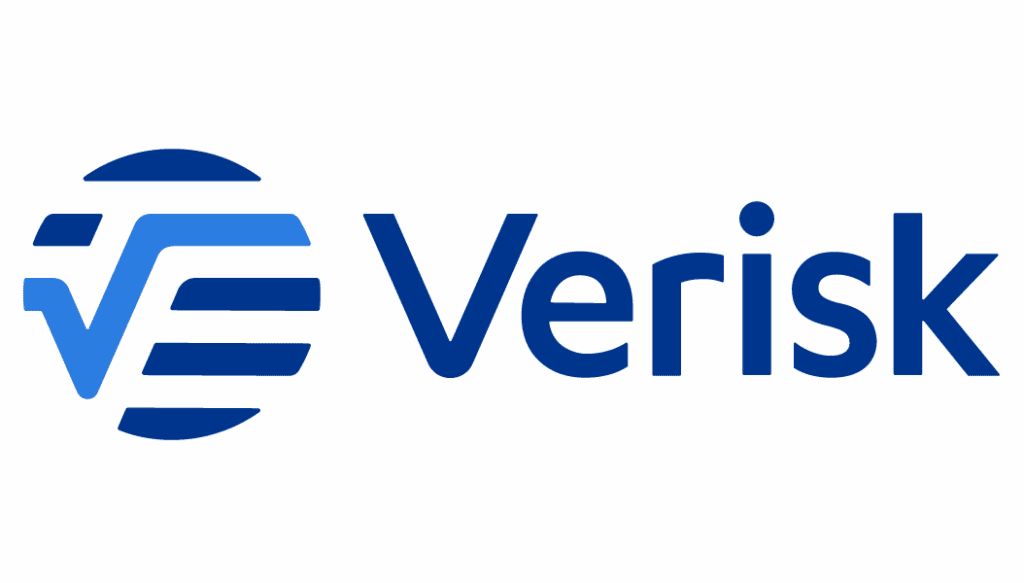Industry to experience average annual insured nat cat losses of $151bn: Verisk

Global data analytics and technology provider Verisk has revealed that the insurance industry should be prepared to experience total average annual loss (AAL) from global natural catastrophes of $151 billion, driven by exposure growth, the impacts of climate change, and the increasing frequency of events coupled with economic and social inflation.
This information stems from Verisk’s Extreme Event Solutions 2024 Global Modeled Catastrophe Losses Report, which additionally observed that average exposure growth is expected to be 7.2%.
It is important to note that the Verisk AAL represents the scale of potential loss that can be expected, on average, in any given year.
Rob Newbold, president of Verisk Extreme Event Solutions, commented, “While actual annual insured losses over the past five years have been high, averaging $106 billion, they should not be seen as outliers.
“Our models show the insurance industry should be prepared to experience total annual insured losses from natural catastrophes of $151 billion on average, and well more than that in large loss years.
“With this information, (re)insurers can prepare for large loss years and truly own their risk with confidence, so they can be better positioned to manage these challenging years without risking their solvency.”
As mentioned, the rise in global insured natural catastrophe losses is being driven by several interconnected factors.
Among these are the rapid urban expansion and the accompanying exposure growth, the impacts of climate change, and the increasing frequency of events, combined with economic and social inflation.
Dr. Jay Guin, executive vice president and chief research officer for Verisk Extreme Event Solutions, added, “Climate change affects all atmospheric perils, but currently only accounts for approximately 1% of the annual increase in losses.
“Nonetheless, its influence is expected to become more significant over the next few decades.
“This is a signal that the insurance industry needs to be proactive and utilize advanced, forward-looking models to better estimate risk and guide internal decision-making.”






